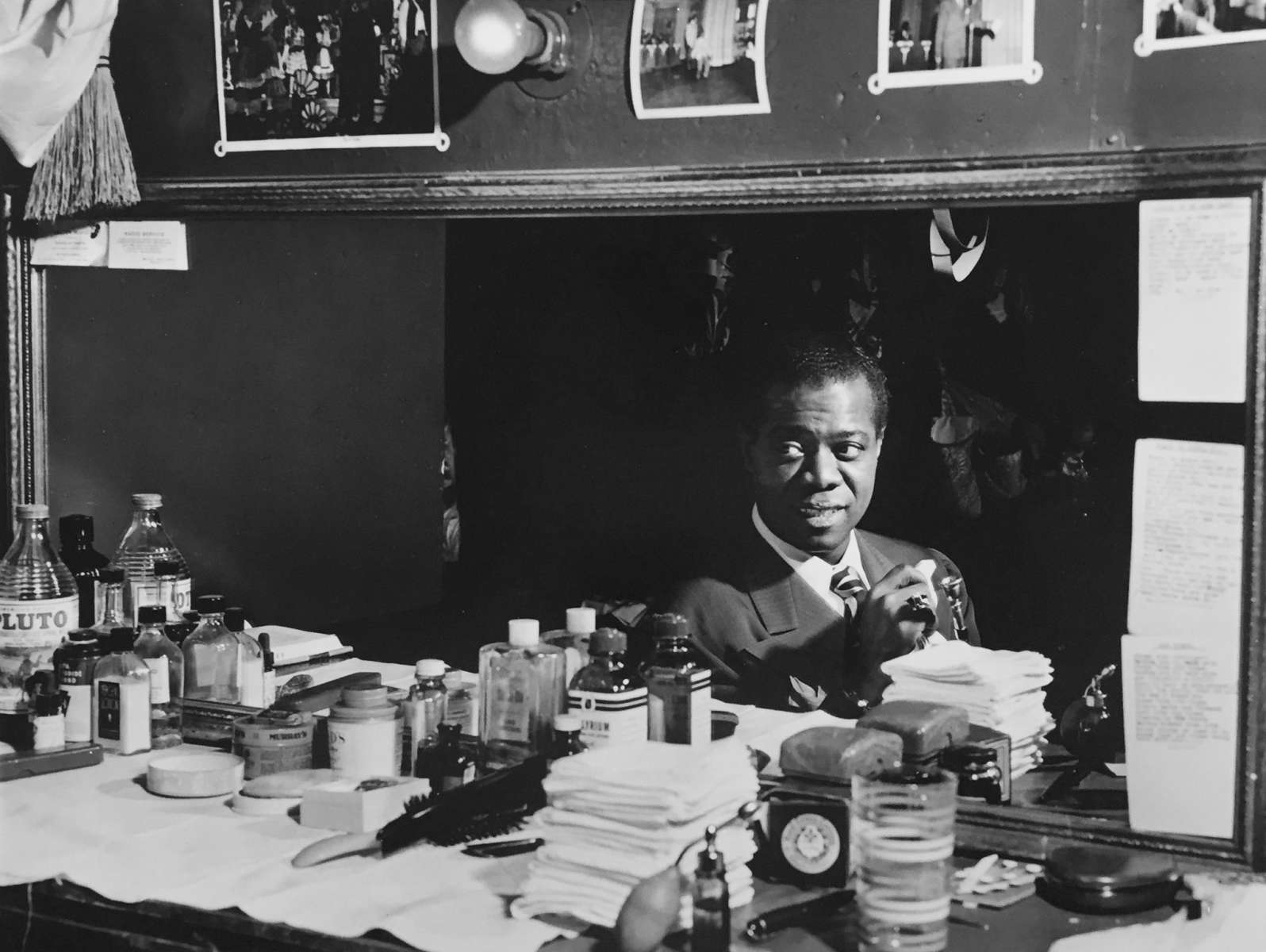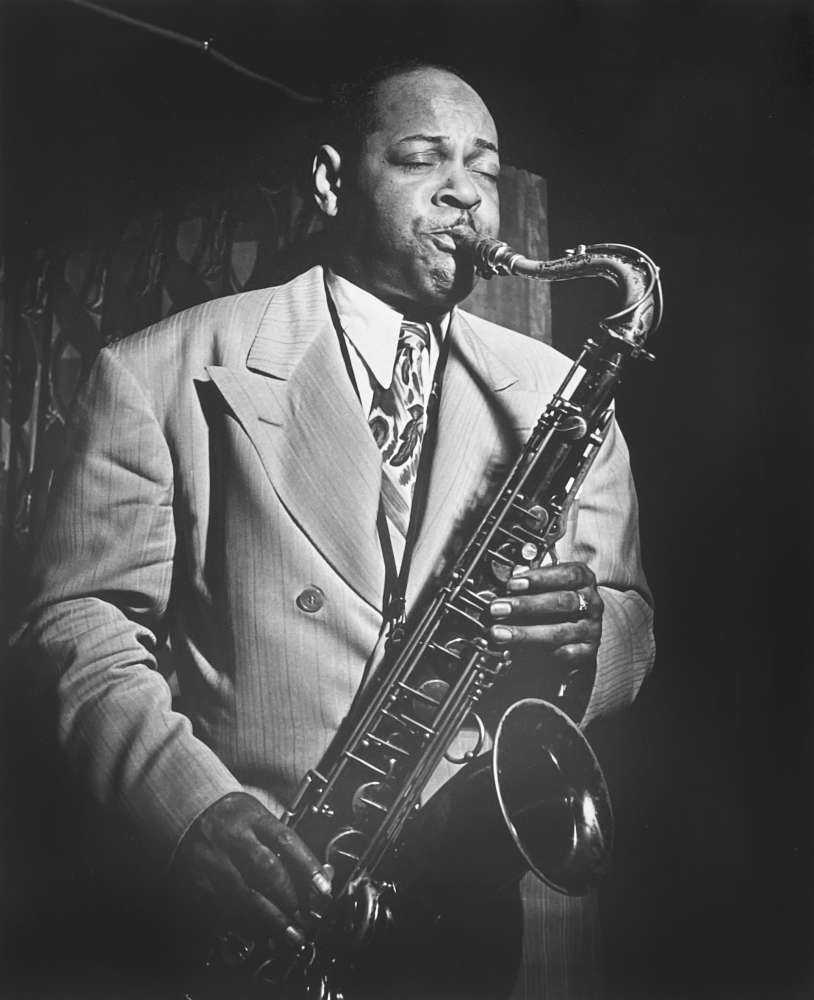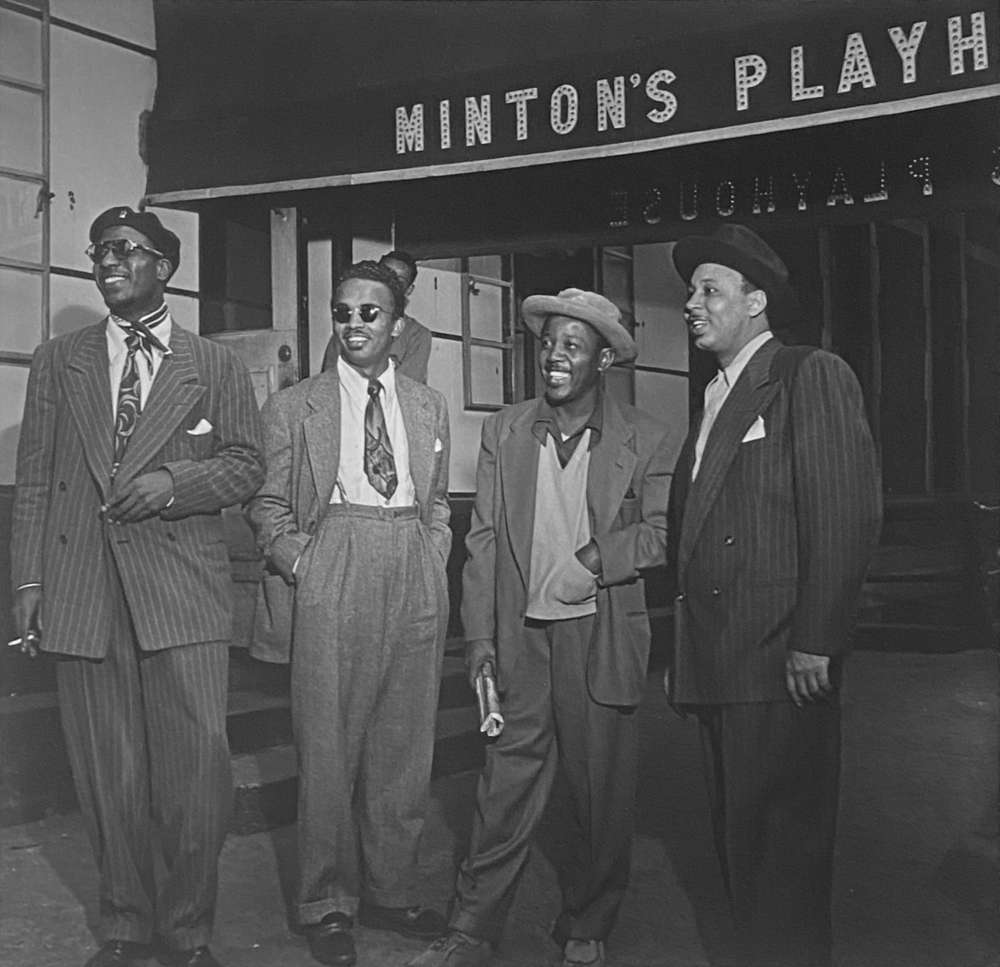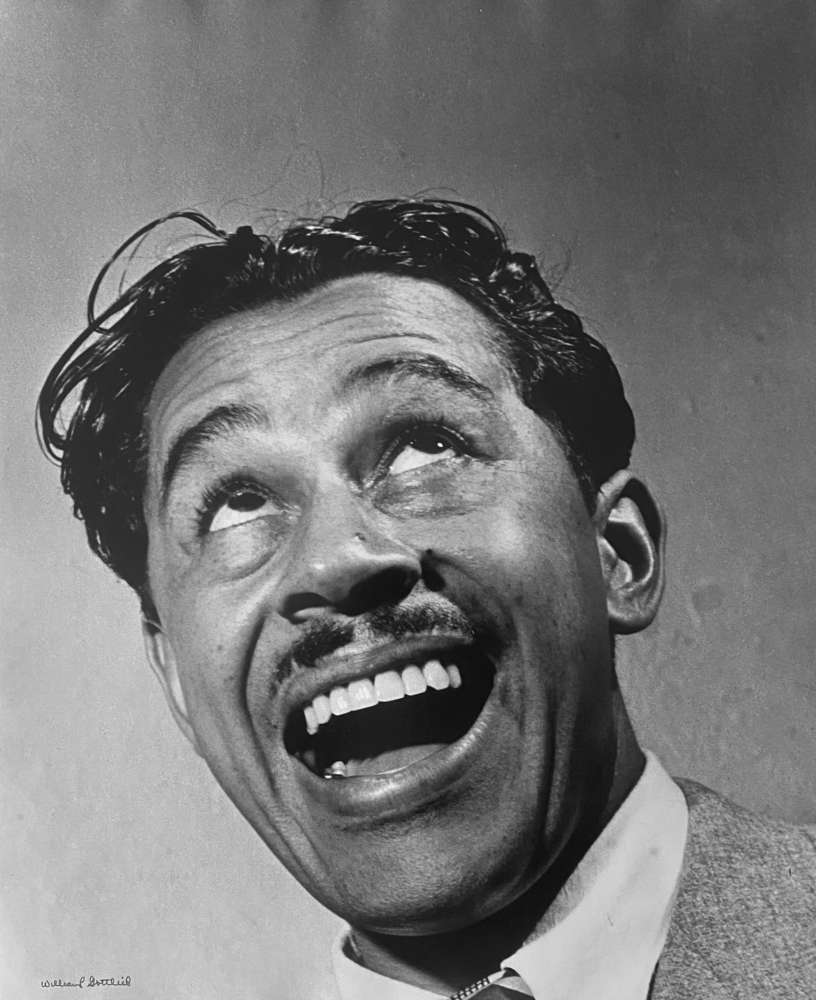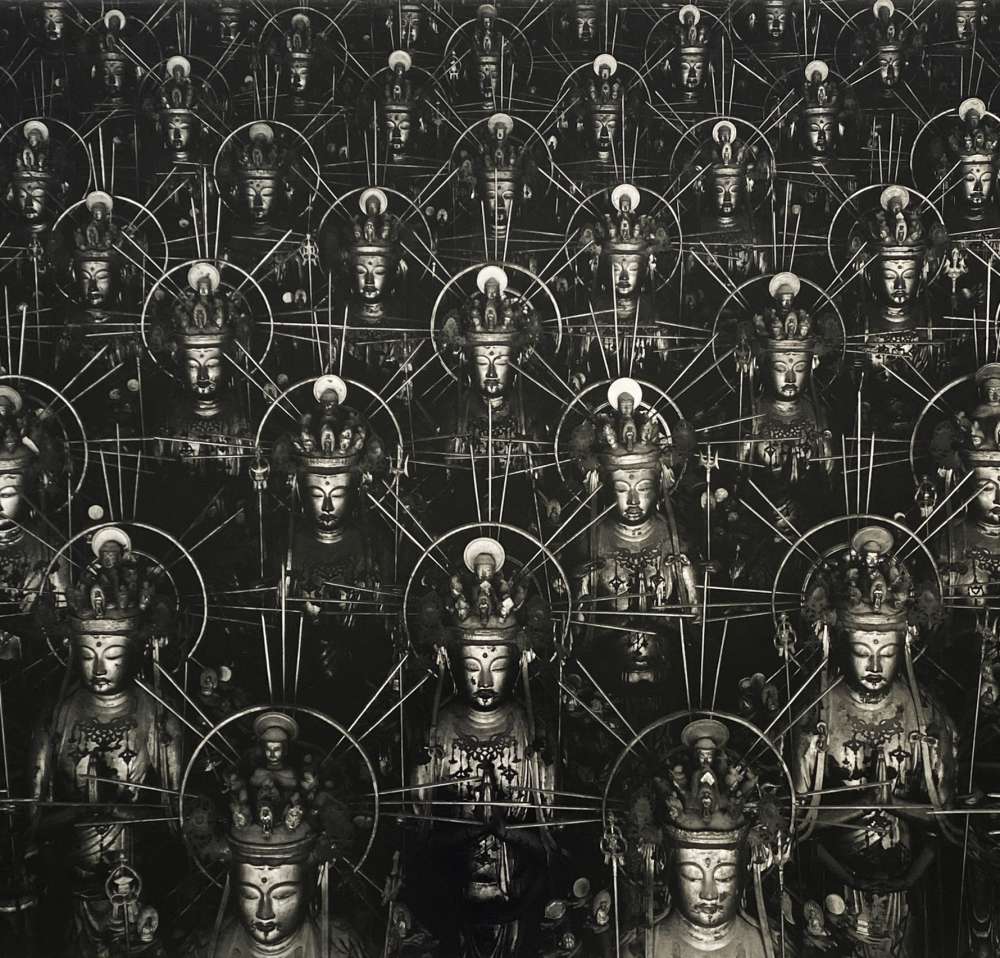William Gottlieb
Works
-
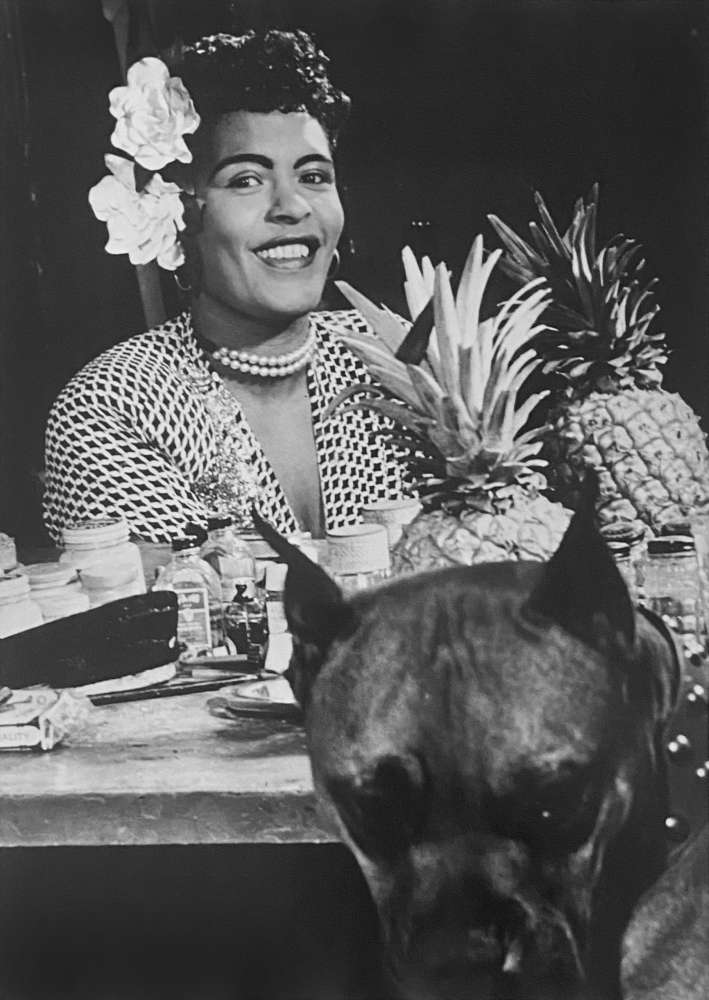 William Gottlieb, Billie Holiday #B
William Gottlieb, Billie Holiday #B -
 William Gottlieb, Howard McGhee and Miles Davis, New York, 1947
William Gottlieb, Howard McGhee and Miles Davis, New York, 1947 -
 William Gottlieb, Frank Sinatra, 1947
William Gottlieb, Frank Sinatra, 1947
-
 William Gottlieb, Billie Holiday, 1948
William Gottlieb, Billie Holiday, 1948 -
 William Gottlieb, Charlie Parker and Miles Davis, 1948
William Gottlieb, Charlie Parker and Miles Davis, 1948 -
 William Gottlieb, Louis Armstrong, Aquarium, New York, 1946
William Gottlieb, Louis Armstrong, Aquarium, New York, 1946
-
 William Gottlieb, Charlie Parker and Tommy Potter, 1947
William Gottlieb, Charlie Parker and Tommy Potter, 1947 -
 William Gottlieb, 52nd St, Center of the Jazz World, 1948
William Gottlieb, 52nd St, Center of the Jazz World, 1948 -
 William Gottlieb, Dizzy Gillespie, 52nd Street, 1946
William Gottlieb, Dizzy Gillespie, 52nd Street, 1946
-
 William Gottlieb, Ella Fitzgerald with Ray Brown, Dizzy Gillespie, and Milt Jackson, 1947
William Gottlieb, Ella Fitzgerald with Ray Brown, Dizzy Gillespie, and Milt Jackson, 1947 -
 William Gottlieb, Thelonious Monk, Minton's Playhouse, New York, 1948
William Gottlieb, Thelonious Monk, Minton's Playhouse, New York, 1948 -
 William Gottlieb, Coleman Hawkins #A, 1947
William Gottlieb, Coleman Hawkins #A, 1947
Biography
William Gottlieb Biography
William Gottlieb was an American photographer who documented the preeminent performers of the “Golden Age” of American jazz in the 1930s and 40s. Gottlieb’s photography career began when he volunteered to take photos to accompany his weekly jazz column in The Washington Post. Gottlieb was self-taught in photography, using his knack for storytelling to create captivating black and white portraits of his subjects in intimate settings. Some of his most famous subjects include Louis Armstrong, Duke Ellington, Charlie Parker, Billie Holiday, Dizzy Gillespie, Ella Fitzgerald, and Theolonius Monk.
Born in Brooklyn, NY, in 1917, Gottlieb went on to attend Lehigh University. During his senior year, his love for jazz music inspired him to begin writing a weekly column about the subject for The Washington Post. When The Post was unable to afford a photographer to accompany Gottlieb on his profiles, he took matters into his own hands and purchased a camera to capture his own photos of jazz culture. At the breakout of World War II, Gottlieb’s journalism and photography careers were put on hold when he was drafted into the Army, where he served as a photo officer. After the war he moved back to New York City, where he continued his photo-journalistic pursuits, writing and shooting for Down Beat Magazine, the Saturday Review, and Collier’s.
In 1979, a monograph that compiled more than 200 of Gottlieb’s photographs was released entitled, The Golden Age of Jazz. In 1994, four of his images were used by the United States Postal Service for a series of commemorative postage stamps.
In 1995, Gottlieb’s portfolio of photographs was purchased by the Library of Congress for its importance as the definitive encapsulation of the “Golden Age of Jazz.” Exhibitions of the prints have appeared in hundreds of venues worldwide, from the Museum of Modern Art in Stockholm, Sweden, to the Navio Museum in Osaka, Japan.

